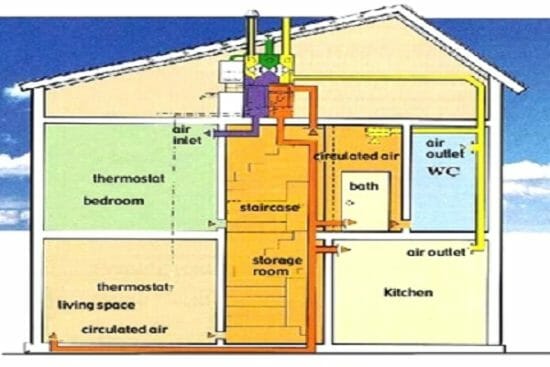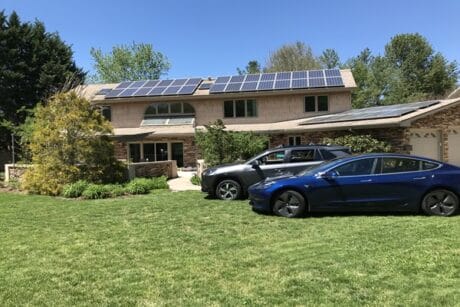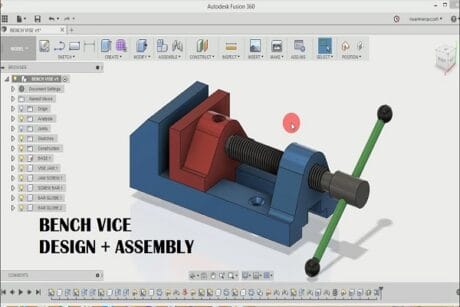No products in the cart.
- Course No E – 1780
- PDH Units: 6
Course No E - 1780
PDH Units: 6
- Course No E – 1780
- PDH Units: 6
Course No E - 1780
PDH Units: 6
Intended Audience: mechanical and HVAC engineers, architects, building designers, health & safety engineers, energy auditors, occupational physicians, industrial hygienists, facility managers and general audience.
PDH UNITS: 6
There are almost endless variations and combinations of space heating systems, each having its strengths and limitations. There are two different but related values of interest to the heating system designer. First, providing comfort and secondly, to properly select and size the appropriate heating equipment. This requires estimating the annual energy requirements and then analyzing the operating dollar expenses on prevailing fuel costs. Note that the fuel price alone is not the sole measure for selecting a heating system. The broad comparisons on the choice of a heating system is based on various system characteristics such as equipment costs, equipment efficiency, fuel source availability, required system capacity, fuel energy content in millions Btu per unit, environmental impact and heat response or recovery. In this 6-hour course we will discuss about various active heating options and design consideration for the best fit strategy. In this course, we will categorize heating systems in several ways. First we will consider where the primary energy comes from. Then we will compare the various options and discuss the variety of ways used to deliver heat within the space and finally, some general guidelines on the energy conservation and application strategies for various buildings.
Learning Objectives
Upon completion of the course, the student should understand:- Understand how heat loss occurs and what factors affect rate of heat loss;
- Be able to estimate the heating load, annual energy usage rate and equipment sizing;
- Be aware of the primary energy sources and make the comparative analysis;
- Understand the pros & cons of various heating options and be able to rank the various systems;
- Know the convective and radiative heat transfer principles;
- Know the difference between combustion, thermal & distribution efficiency;
- Be able to compare among the gas fired and fuel oil fired furnaces;
- Understand the design concepts behind the hot water heating systems;
- Know the various type of electric resistance and heat pump systems;
- Be able to apply energy conservation techniques;
- Understand various statutory code requirements;
- Understand the comparison of various heating options and be able to select appropriate system for your building application.
Once completed, your order and certificate of completion will be available in your profile when you’re logged in to the site.








